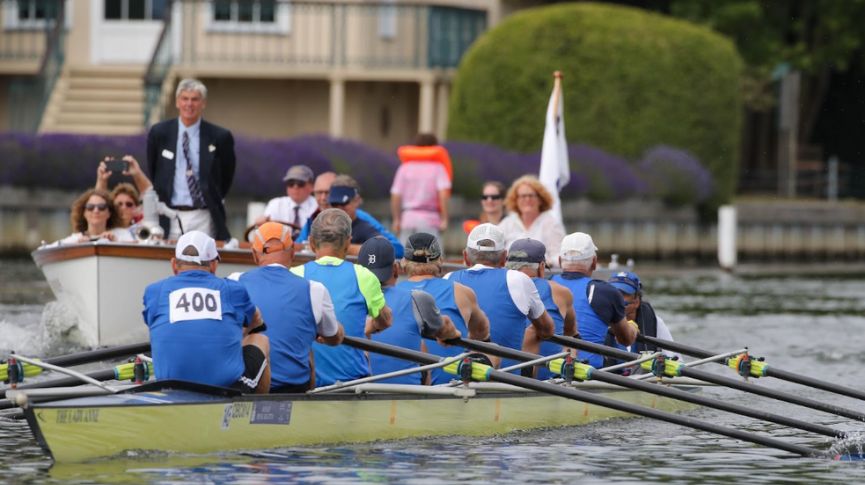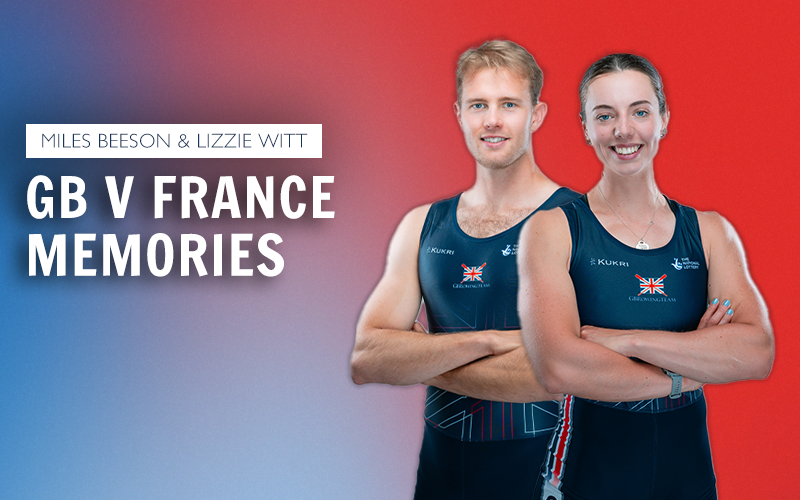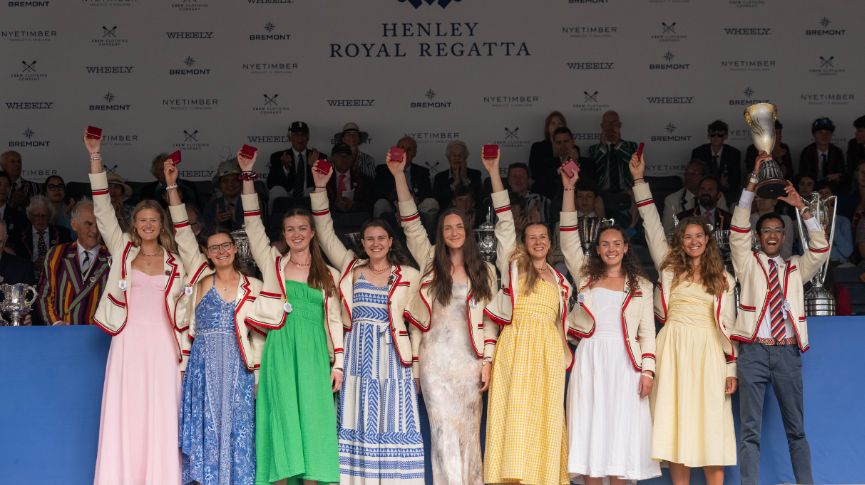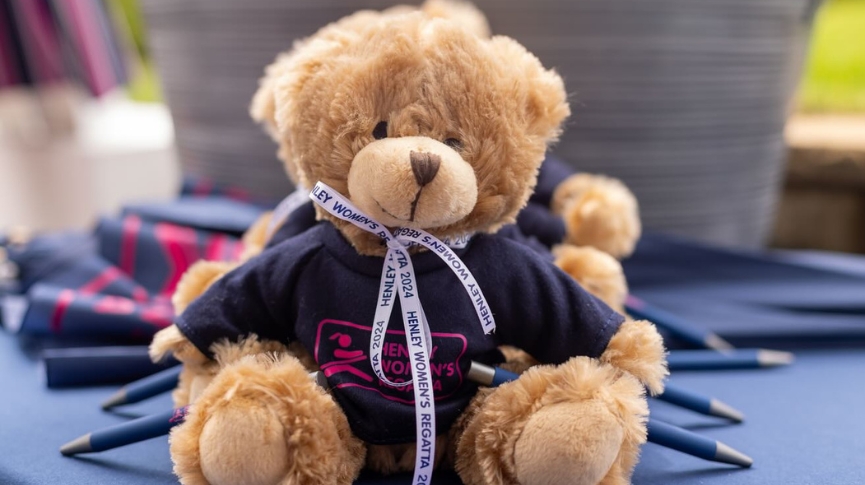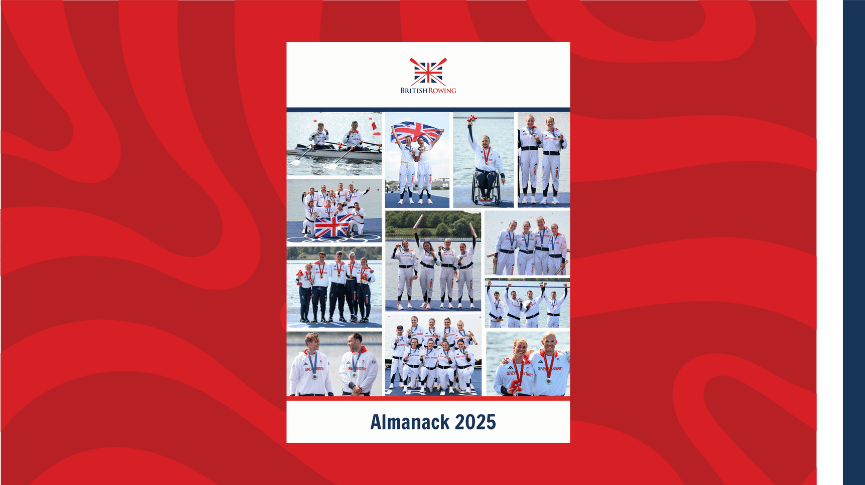A glossary of rowing lingo
Not sure of the difference between sweep and sculling? Confused about crabs and catches? We’ve translated some of the rowing lingo in this handy glossary
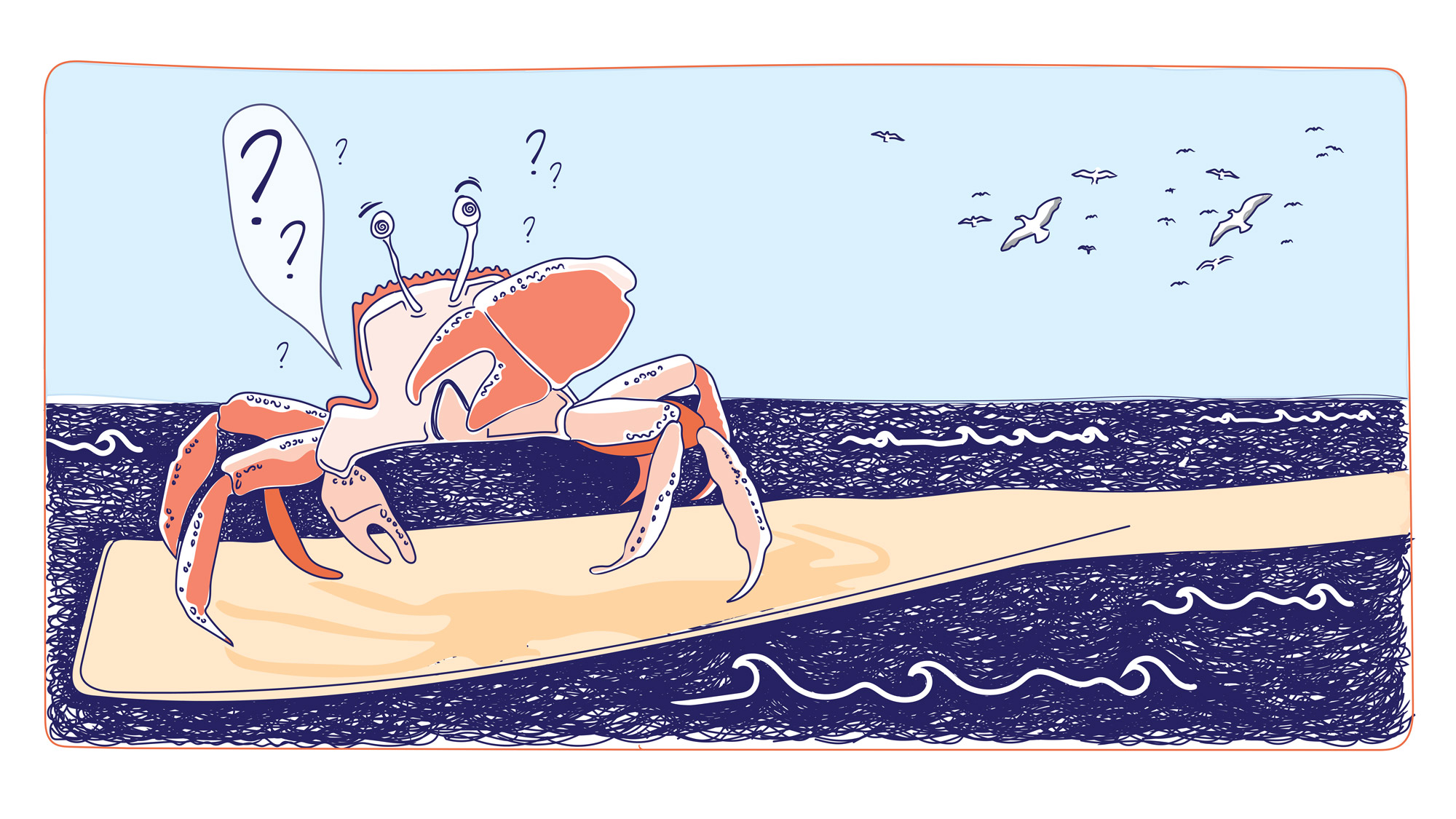
Heard a rowing term and not sure of its meaning? Tweet @BritishRowing or post a message on our Facebook page for a full explanation!
- Rowing, or sweep rowing, is where you only have one oar per rower.
- Sculling, you have two oars per rower, one in each hand.
- Blades or Oars are used to propel the boat through the water. Rowers can either have one or two. See Sweep and Sculling definition.
- Stroke Rate is the number of times the oar goes into the water each minute. Typically, 35 strokes per minute is high, 18 strokes per minute is low.
- The bow is the front of the boat (the end closest to the finish line at the start of a race). Rowing is the only sport where competitors travel backwards.
- The bow seat is the rower who is sat at the front of the boat; they will cross the finish line first.
- The stroke seat is the rower who sits at the back of the boat who sets the pace for the rest of the crew. They will cross the finish line last (other than in a coxed boat where the cox sits at the back of the boat).
- “The catch” is the point at which the end of the oar enters the water.
- “Catching a crab” is where a rower loses control of their oar and doesn’t remove it from the water at the end of the stroke and the oar acts as a brake. This is bad news in rowing.
- Lightweight rowers must weigh below 72.5kg for men and below 59kg for women.
- Open weight or heavyweight rowers are not restricted by weight.
- “All in one” is the lycra that rowers wear when competing in races.
- An ergo is an indoor rowing machine that is used to help people stay fit and complements on-water rowing.
Coxes
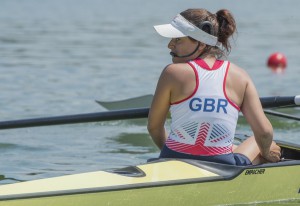
- A cox steers the boat, motivates and instructs the crew and acts as a lookout.
- The recommended weight for international races is 55kg for men and women. If a cox is under the weight then he/she must carry sandbags to reach the minimum weight. You can cox whatever your weight.
- The cox uses a ‘cox box’, which is a microphone and sound system within the boat, to communicate with the crew.
Regatta basics
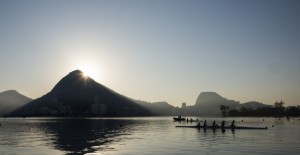
- Regatta is a sporting event with a series of boat races.
- Repechage is a last-chance qualifying race in which the crews that did not automatically progress from the heats have another chance to advance to the next round.
- Final A will be the race that decides the medallists, with the fastest boats going through to this final. The semi-finalists who do not qualify for the A final will go through to Final B. No medals are decided at the B final.
- “Length” the length of the boat type racing is used to signify leads. “½ a length lead” would mean a crew is winning or losing by ½ a boat’s length.
Boat classes
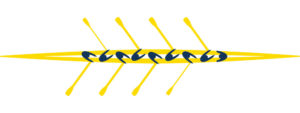
The boat classes racing at the Olympic Games and the Paralympics are:
- The three sculling boats are: the single (1x), the double (2x), and the quad (4x)
- The four rowing / sweep boats are: the pair (2-), the coxless four (4-), the coxed four (4+) and the eight (8+).
See our boat classification page for more details and look up more pieces of rowing jargon here.


